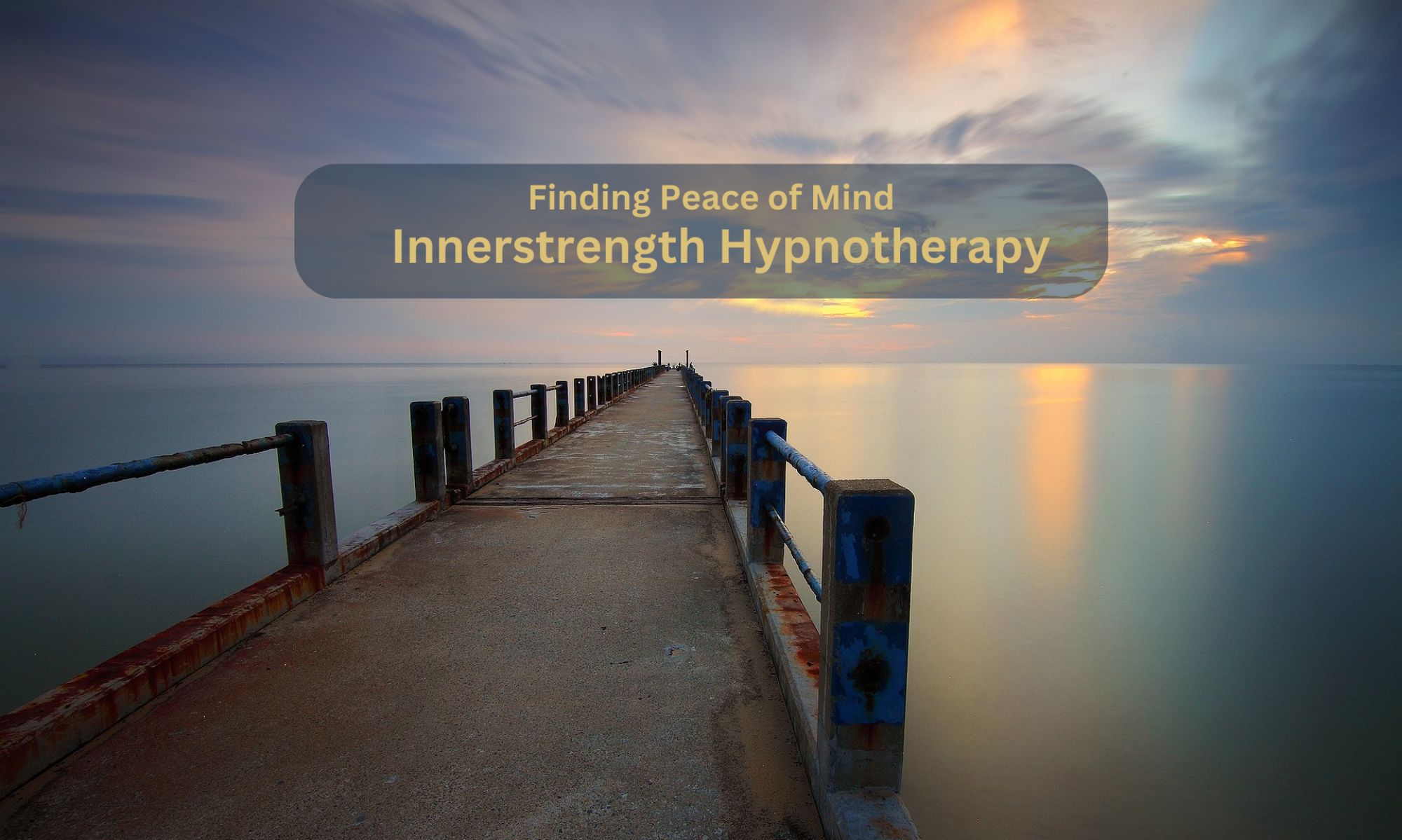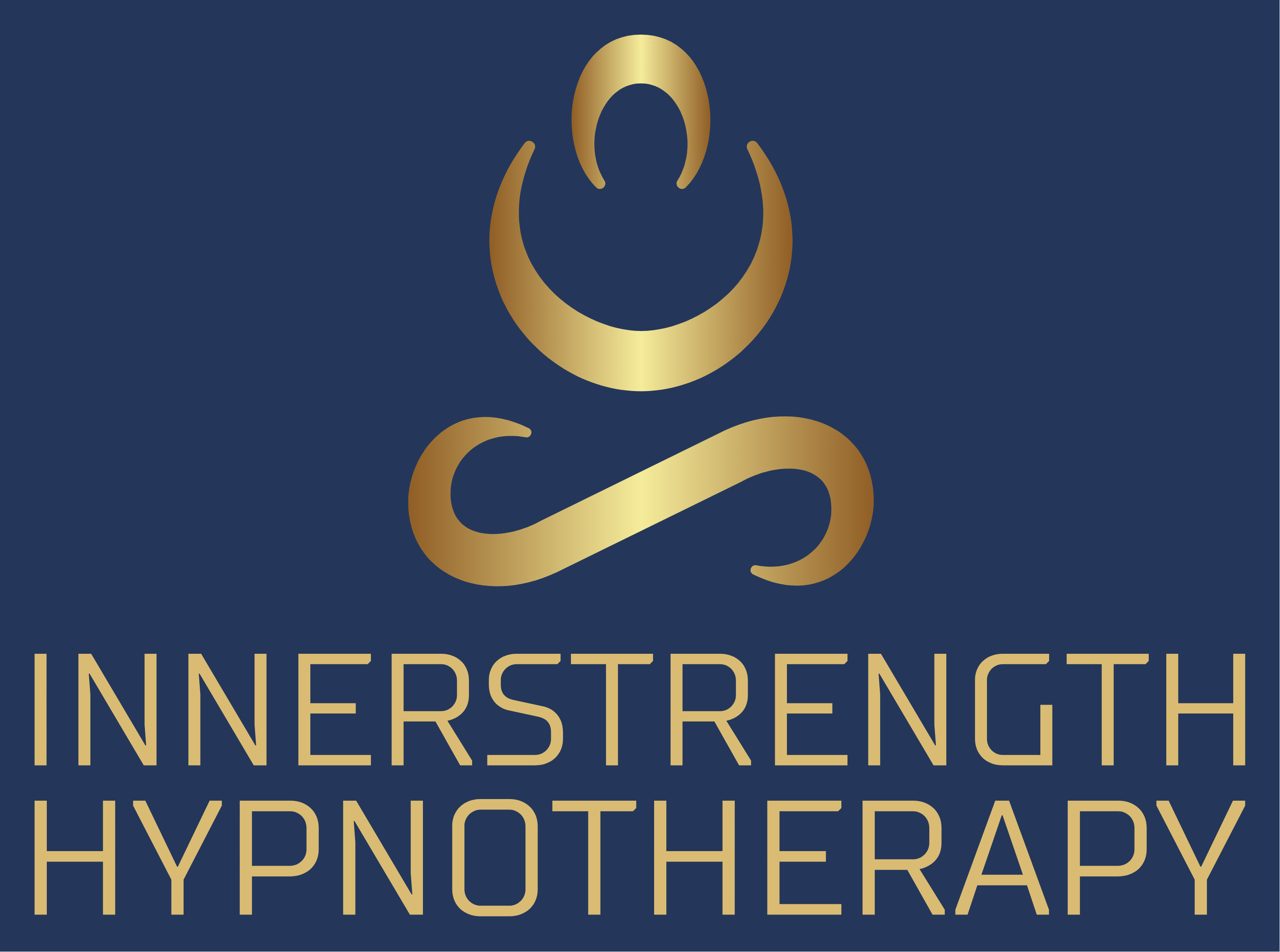Domestic violence occurs when your partner makes you feel unsafe, afraid or powerless.
This is against the law
Everyone has the right to live without fear.
1 in 3 Australian women experience domestic violence. If you are in this situation and your children’s safety is at risk. You may need to leave in a hurry.
What do you need to do?
In an emergency:
If you’re in danger call 000
Go to a safe place. Safer places in your home are where there are two exits and no hard services
How to keep children safe
Seek advice on how to talk to your child about domestic violence and how to include them into your safety plan.
Make up a code work with your children for when you need help
Teach children how to dial 000 and practice what to say
My name is ………………. My address is ……………………………. And my mum is being hurt. Tell children not to hang up the phone so services ca hears what is happening and find you.
Tell you children which neighbour, friend or relative they could run to for safety or contact in an emergency
Make a plan to leave
Get a new sim card with credit to use on your phone
Keep your bank account details private or open a new account so your abuser does not have access to your finances
Keep a bag pack so you can easily take it with you. Hide it where you can get it easily or leave it with a trusted friend
Decide who you will call if you feel threatened or in danger
It’s easier to leave if you have a clear plan.
| What do you need as an escape plan? (check list) |
| Money |
| Keys to car, house, work |
| Extra clothes |
| Medications |
| Birth certificates |
| School and medical records (immunization records) |
| Bank cards, credit cards, tax file number |
| Drivers licence, car registration |
| Healthcare card |
| Medicare card and Centrelink information |
| Passport, visa copies |
| Lease, rental mortgage and insurance papers |
| Pictures, jewellery, things that mean something to you |
| Children’s things (toys, blankets, nappies etc) |
| Recent photograph of your ex-partner |
Once you leave the relationship
When abusers feel a loss of control, like when victims try to leave them, the abuse will often get worse. Take special care and seek help
Get an intervention order (IO)
Get a family violence intervention order from the court. Include your workplace and children in it. Keep a copy with you at all times
Advise your children carers who is allowed to pick them up. Give a copy of the intervention order to police, your employer, your children’s carers and school
Security at home
Tell friends and neighbours that your abuser no longer lives with you. Ask them to call the police if they see your abuser near you home or children.
Advise work about your situation and ask them to screen your call and you block your emails. Give a copy of the intervention order and picture of the abuser to your workplace
Change the locks on your house and car. Consider installing stronger security doors, a security system such as cameras or alarm and outside lights
Keep your details private
Change your mobile number and have it set to private by your provider
Get a PO Box for important mail and keep your home address private
Don’t use the same stores that you did when you were with your abuser
Ask government agencies like Centrelink, med care, to keep your records private
Stay private on line
Remove yourself from all social media -Delete Facebook accounts and your kids accounts. People might accidently reveal your whereabouts and social circles without realising it.
Change your email address Avoid using any personal details as the account name
Have a computer technician check for spyware programs on your computer
Emergency numbers include:
Woman’s Domestic Violence Crisis Service 1800 015 188
Men’s referral service 1800 065 973
Kids help line 1800 551 800
Need to talk? 1880 RESPECT
Emergency 000
www.emergesupport.org.au/safetyplan
This information provided by Kingston City Counsel
If you are a victim of domestic violence and are suffering from PTSD, counselling and hypnotherapy can really help call Donna on 0424 300 678 to make a booking.

